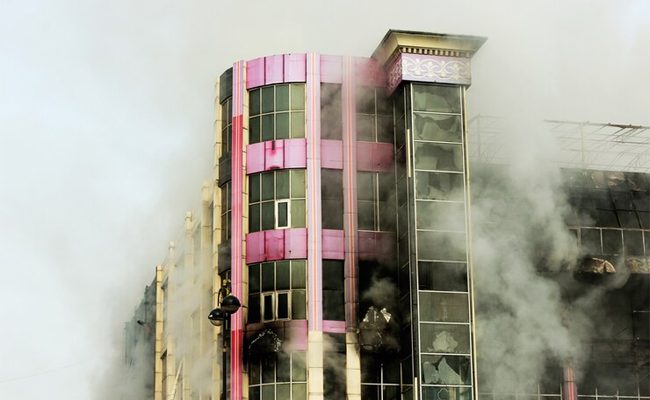
Experiencing a fire in your home is a traumatic event that can leave you feeling overwhelmed and uncertain about what steps to take next.
Not only does fire cause visible damage, but it can also lead to hidden dangers such as smoke and water damage. However, with the right approach and support, you can restore your home to its former glory.
In this guide, we’ll walk you through the process of fire restoration services, helping you navigate each step with confidence and clarity.
What is Fire Damage Restoration?
Fire damage restoration is the process of repairing and restoring your home after a fire. It involves assessing the extent of the damage, cleaning up debris, and rebuilding any structures that have been compromised.
The goal of fire damage restoration is to return your home to a safe and habitable condition while minimizing the emotional and financial toll on you and your family.
Steps to Restore Fire Damage
- Contact a Professional Restoration Company
The first step in the fire damage restoration process is to contact a reputable restoration company. These professionals have the expertise and equipment necessary to assess the damage and develop a comprehensive restoration plan.
They’ll work closely with you to ensure that your home is restored quickly and efficiently, minimizing the disruption to your life.
- Contact Your Homeowners’ Insurance Company
Once you’ve contacted a restoration company, it’s important to notify your homeowners’ insurance company. They’ll guide you through the claims process and help you understand what is covered under your policy.
Be sure to document the damage to your home and belongings, as this will be essential for filing your insurance claim.
- Assess the Structural Damage Caused by the Fire
After the fire has been extinguished and it’s safe to enter your home, the restoration company will conduct a thorough assessment of the structural damage. This may involve inspecting walls, floors, ceilings, and other structural components to determine the extent of the damage and what repairs are needed.
- Secure Your Home Before Beginning the Fire Restoration
Before the restoration process can begin, it’s important to secure your home to prevent further damage or intrusions. This may involve boarding up windows, tarping over damaged roofs, and installing temporary fencing around the property.
By taking these precautions, you can protect your home and belongings while the restoration work is underway.
- Assess Damage to Your Home’s Electrical System
Fire can cause extensive damage to your home’s electrical system, posing a serious safety risk. It’s essential to have a qualified electrician inspect the wiring and electrical components to ensure they are safe to use.
Any damaged wiring or electrical fixtures will need to be repaired or replaced before restoring power to your home.
- Address Additional Fire Damaged Areas
In addition to structural damage, fire can also cause damage to other areas of your home, such as furniture, appliances, and personal belongings. The restoration company will assess the damage to these items and develop a plan for cleaning, repairing, or replacing them as needed.
Salvageable items will be carefully cleaned and restored, while unsalvageable items will be documented for your insurance claim.
- Keep a Detailed Record of Everything You Do for Your Home’s Fire Restoration
Throughout the fire damage restoration process, it’s important to keep a detailed record of everything that is done. This includes documenting the damage, keeping receipts for any expenses incurred, and maintaining a log of communication with your restoration company and insurance provider.
These records will be invaluable when filing your insurance claim and can help ensure that you receive fair compensation for your losses.
What a Fire Damage Restoration Company Does
A fire damage restoration company offers a range of services to help restore your home after a fire. This may include:
- Emergency board-up and tarping to secure your home and prevent further damage.
- Smoke and odour removal using specialized equipment and techniques.
- Water extraction and drying to remove moisture from firefighting efforts.
- Structural repairs and rebuilding to restore your home to its pre-fire condition.
- Content cleaning and restoration to salvage belongings damaged by fire, smoke, or water.
- Coordination with your insurance company to streamline the claims process and ensure that you receive the coverage you’re entitled to.
Conclusion
In conclusion, restoring your home after a fire is a complex and challenging process, but with the right support and guidance, you can overcome it. By following these steps and working with a reputable restoration company, you can rebuild your home and your life, moving forward with confidence and optimism.
Leave a Reply